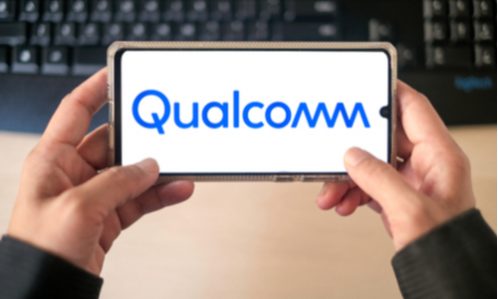Let the Chips Fall Where They May: The 9th Circuit Gives Free Rein to Qualcomm’s Monopoly

By: Alex Petros (Public Knowledge)
Some of my favorite movie moments are “reinforcement” scenes. Just when it appears the heroes are doomed, the music swells and unexpected allies arrive to save the day. You can probably picture the scenes: the resurrected Avengers arriving via portals in Avengers: Endgame or Gandalf and the Rohirrim’s grand entrance at Helm’s Deep. Many internet advocates see antitrust law this way: as a fearless knight whose climactic arrival will restore the proper balance of competition and cleanse the land of the competitive ills infesting technology markets. Tuesday’s terrible, horrible, no good, very bad, 9th Circuit ruling in FTC v. Qualcomm should put this savior notion to bed. It’s more apparent than ever that this newly construed, myopic antitrust law is simply not enough. The opinion completely throws out the excellent district court opinion and will allow Qualcomm free rein to continue its anticompetitive practices.
For those unfamiliar with the litigation, or Qualcomm generally, here’s a quick primer. Even if you’ve never heard of Qualcomm, chances are the chips the company manufactures are what make your smartphone work. Along with being a chip manufacturer, Qualcomm also has a lot of patents for its chips that it licenses out to smartphone manufacturers — Apple, Samsung, and so on. Qualcomm’s patents are so integral to the cell phone networks (3G, 4G, and now 5G) that they have become part of the standards that all phone manufacturers must use. Standards are needed in that we want phones from different manufacturers to be able to talk to each other on the same networks, and we want phones to work across the world.
However, there’s a competitive rub. Patent law has given Qualcomm a government-backed monopoly in that all phone manufacturers must license from Qualcomm if they want to make a phone at all. This would be patently unfair if Qualcomm, knowing that every manufacturer must pay for a license, could then charge whatever the company wants. That’s why, as a condition of becoming the standard, Qualcomm committed to licensing its patents on fair, reasonable, and non-discriminatory (FRAND) terms. In theory, this should mean that Qualcomm should offer low, reasonable royalty rates to all comers. The case is all about how the company really doesn’t. They benefit massively from having their patents included in a standard — patents that might be worthless had the standards body picked some other technology or method — but then don’t uphold their end of the bargain.
Qualcomm has set exorbitant royalty rates for its patents and only licenses its patents to manufacturers — not its chipmaker rivals. One could term this selective refusal to deal “discrimination,” the exact thing Qualcomm promised not to do. FRAND commitments generally preclude a patent owner from refusing to license to another company for competitive reasons. Qualcomm’s royalty rates are also incredibly high and only sold to manufacturers via “portfolios” that bundle essential and non-essential patent licenses together. Qualcomm’s “no license, no chips” policy, along with agreements with rivals to only sell to Qualcomm-licensed manufacturers, gives Qualcomm unprecedented control over the chip market. Qualcomm uses this control to a competitively devastating effect. The end result is that Qualcomm has ensured a market where all manufacturers must pay Qualcomm royalties, and where the company can undercut rivals with its high royalty fees, it does….
Featured News
FTC Throws the Bag: Tapestry’s Capri Deal Blocked Over Market Monopoly Concerns
Apr 22, 2024 by
CPI
Italy’s Antitrust Authority Investigates Enel’s Communication of Energy Price Hikes
Apr 22, 2024 by
CPI
UK Data Regulator Uncovers Flaws in Google’s Privacy Sandbox Proposal
Apr 22, 2024 by
CPI
Japan’s Antitrust Body Orders Google to Amend Ad Search Practices
Apr 22, 2024 by
CPI
Senator Blackburn Blasts Ticketmaster Amid DOJ Probe
Apr 22, 2024 by
CPI
Antitrust Mix by CPI
Antitrust Chronicle® – Economics of Criminal Antitrust
Apr 19, 2024 by
CPI
Navigating Economic Expert Work in Criminal Antitrust Litigation
Apr 19, 2024 by
CPI
The Increased Importance of Economics in Cartel Cases
Apr 19, 2024 by
CPI
A Law and Economics Analysis of the Antitrust Treatment of Physician Collective Price Agreements
Apr 19, 2024 by
CPI
Information Exchange In Criminal Antitrust Cases: How Economic Testimony Can Tip The Scales
Apr 19, 2024 by
CPI